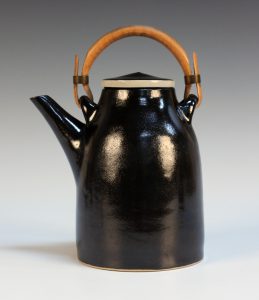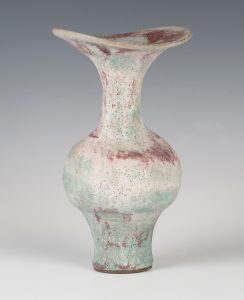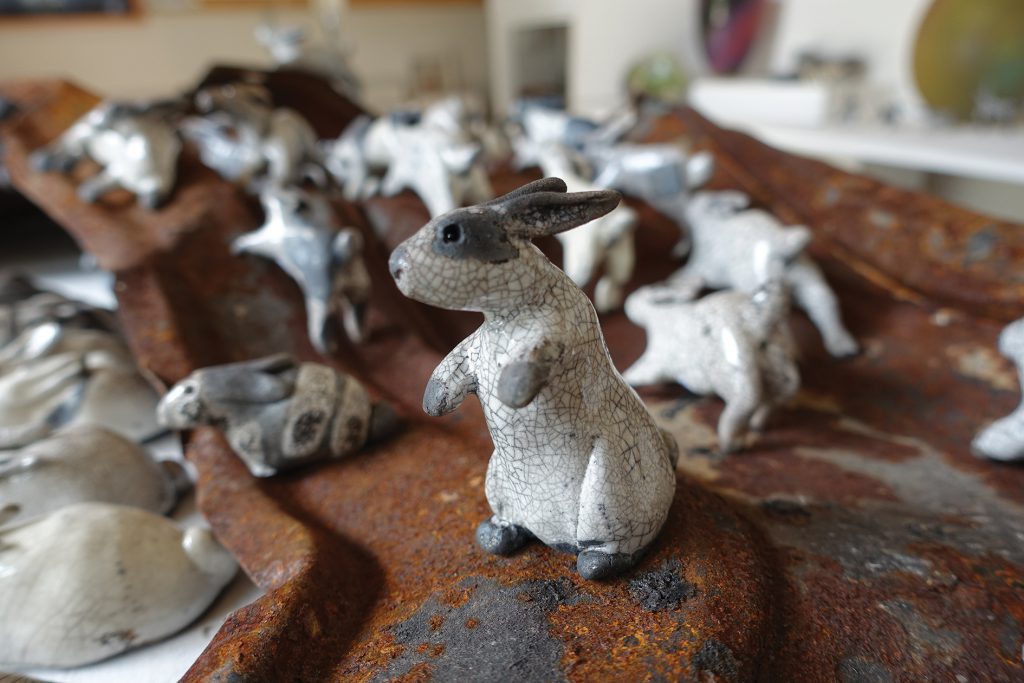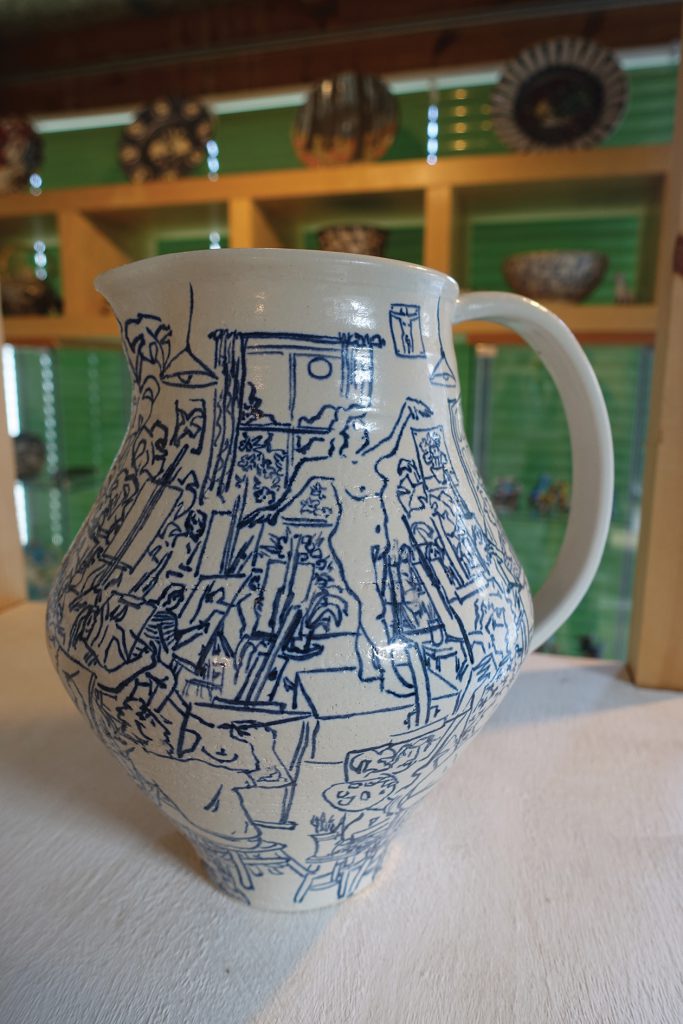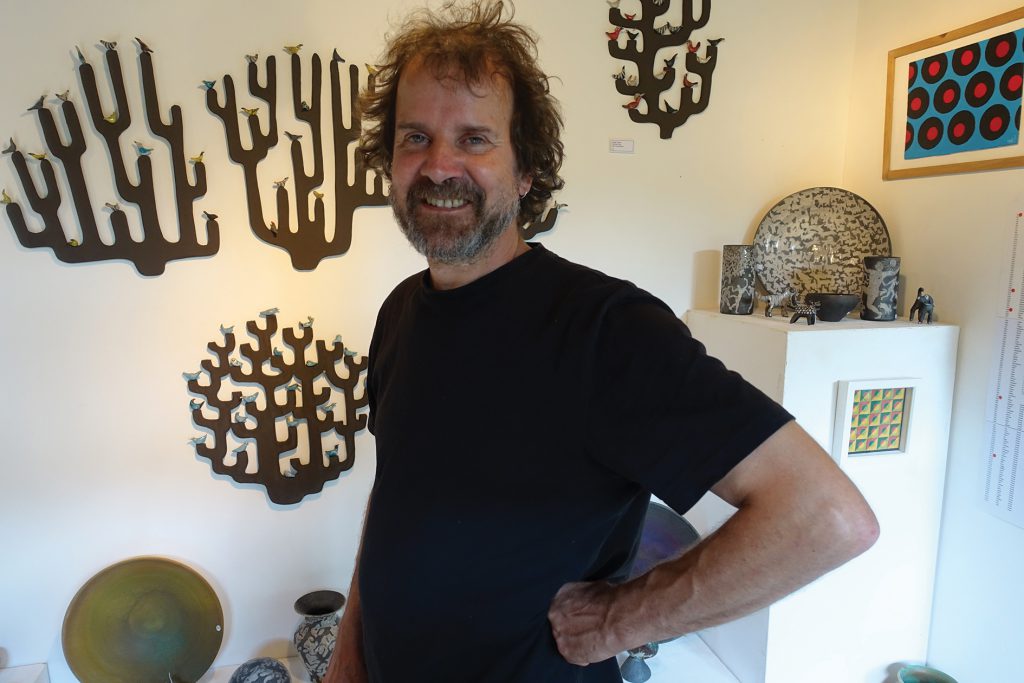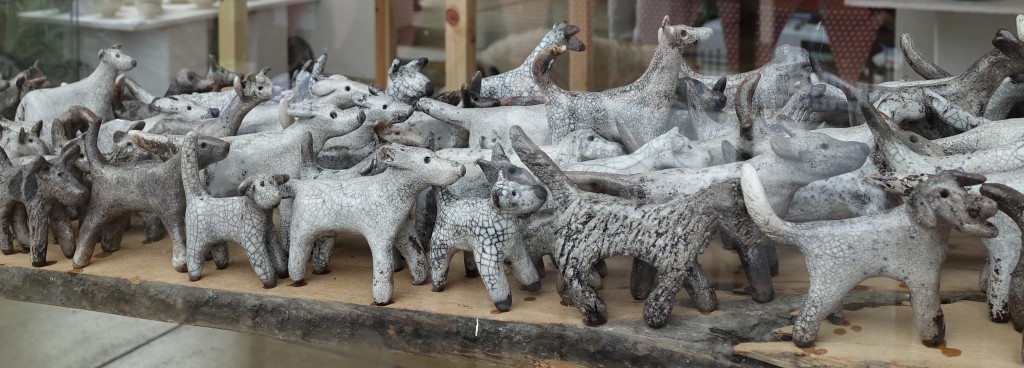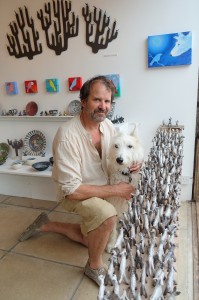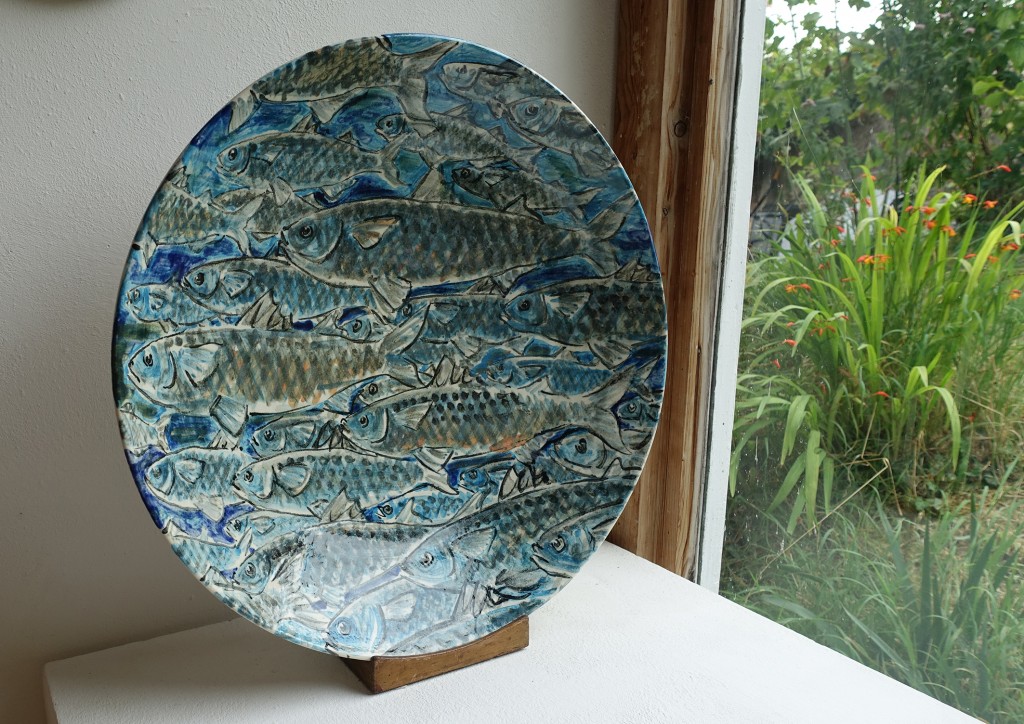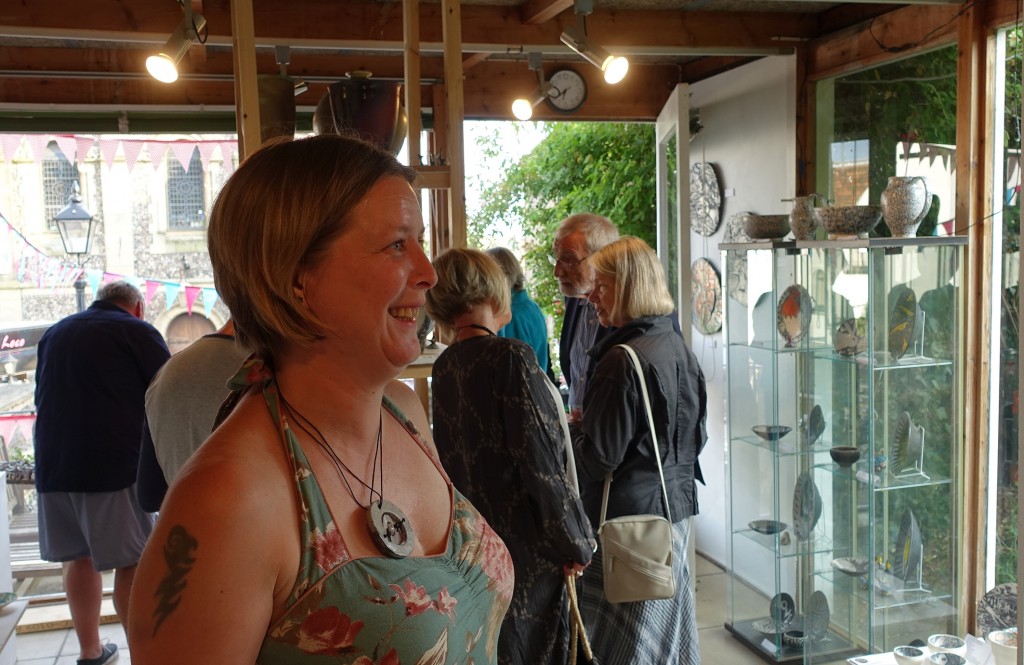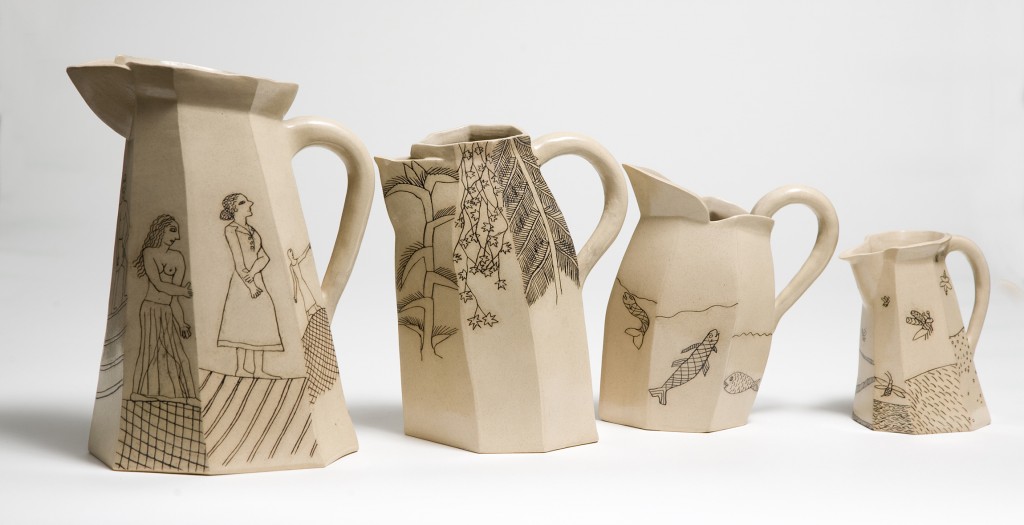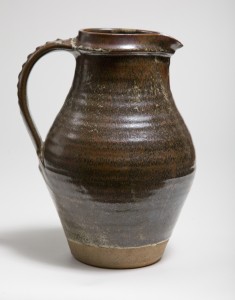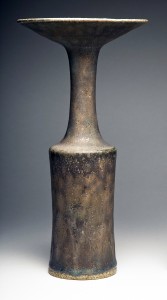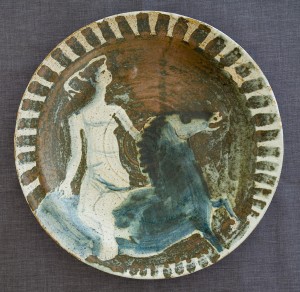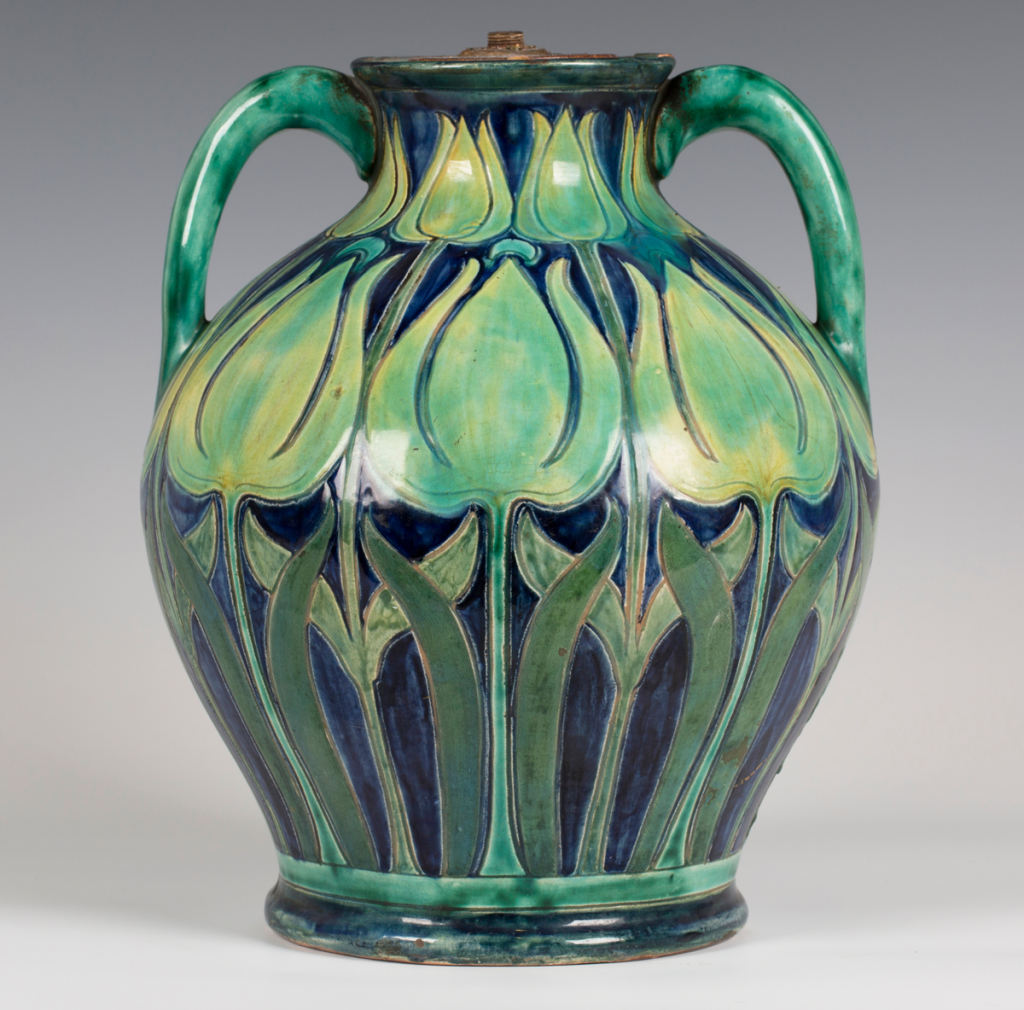
“There is a delight in being connected with a craftsman or woman through a handmade object”
At the heart of the Arts and Crafts Movement was a reaction against the gloriously rich interiors of the Victorian middle-classes with their machine made objects.
At the forefront of the movement was the financially independent William Morris. He was able to devote himself to art. With a reformer’s zeal he attempted to establish a new style that would restore the maker’s creative role and free them from being just a small part in repetitive manufacturing processes. A romantic socialism shared by William Morris and John Ruskin, it identified the ills of mechanised production but failed to take account of the great benefits which industrialisation brought to society. Morris and Ruskin both saw in Medieval pieces a simple beauty born out of the skilled craftsmen who made them and delighted in the aesthetic connection with the maker.
Charles Eastlake promoted designs which were more severe and emphasised the craftsman’s role in making them with obvious peg jointing and visible handmade nails.
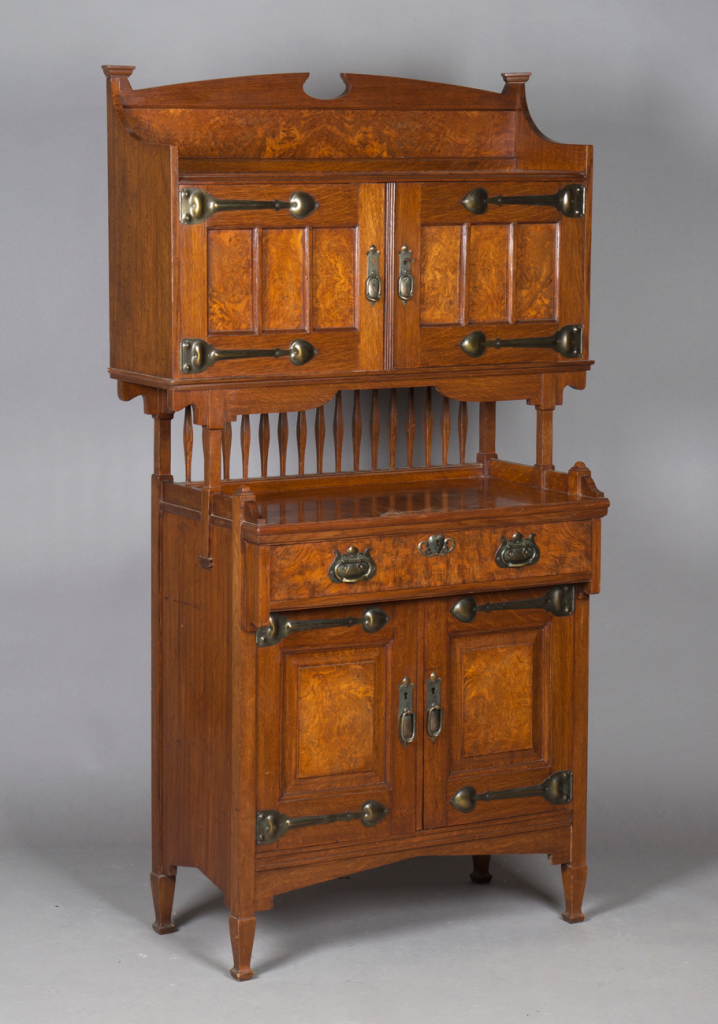
Pieces for the domestic market often displayed little or no ornament relying on proportion and simple lines like those you see on the Shapland & Petter of Barnstaple pollard oak side cabinet illustrated. The influence of the Medieval and Art Nouveau can be seen in its large handles and the hinges placed on the outside of the doors. This example sold at Toovey’s for £1200.
Ceramics also went through a fruitful period under the influence of the Arts and Crafts Movement as craftsman based production allowed labour intensive techniques such as experiments with distinctive lustre-glazes. Earthenware was hand decorated with Persian motifs and flowing, scrolling foliage by craftsmen like William De Morgan in London and the short lived Della Robbia Pottery in Birkenhead which was founded in 1894 by Harold Rathbone. The two vases shown here by William de Morgan and Della Robbia illustrate some of these stylistic qualities and made £850 and £900 respectively.
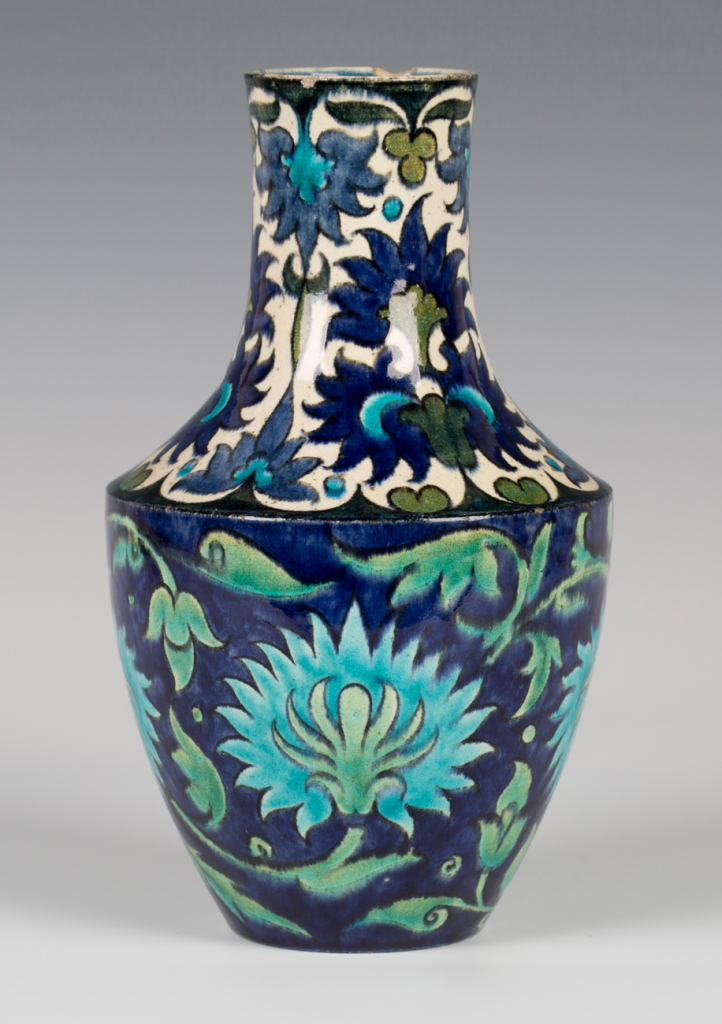
William de Morgan’s lusterware and ‘Persian style’ pottery are recognised as outstanding examples of 19th century design. De Morgan and Morris were friends and their designs complement one another.
The Arts and Crafts style fits well with today’s restrained tastes combining function and beauty. Prices remain strong but accessible and I am looking forward to the specialist sales of Arts and Crafts furniture and Art Pottery at Toovey’s on 5th and 19th November.
After all there is a delight in being connected with a craftsman or woman through a handmade object!
